Register now to gain access to all of our features. Once registered and logged in, you will be able to contribute to this site by submitting your own content or replying to existing content. You'll be able to customize your profile, receive reputation points as a reward for submitting content, while also communicating with other members via your own private inbox, plus much more! This message will be removed once you have signed in.
-
Content count
23 -
Joined
-
Last visited
Posts posted by anoduck
-
-
@eco32 I do appreciate the generosity of the assist. I stumbled upon an article explaining how to make your own inclinometer and a laser to basically do the same thing. As probably figured out by now, the answer was on the slide I had posted earlier. Offset angle is the same thing as tilt. So for my older HughesNet offset dish the answer was 16.6 degrees.
My second build was much more precise than the first build, but performance is about the same. I mounted the first build to a used Directv dish and the second to my hughesnet dish. Both have been relocated to the roof of my house, and will probably build a bester for 5GHZ to add to the Hughesnet dish as well.
Location is probably the biggest problem I have with the setup. The trees are very thick, and then there is this gigantic hill that blocks the line of sight to the target area. I am working on building a passive repeater to overcome the hill, and shopping for a deal on an amplifier with some serious wattage. Good quality amplifiers are damn expensive, which really sucks.
1 person likes this -
@AdminThis does not answer the question though, it only answers the obvious first part. Which was, what angle does the dish need to be set to? I apologize, I didn't take calculus in college. So I wouldn't know where to begin to formulate a function to find the angle.
Regardless, I am starting another build of the bester. Iust have buggered up the first build.
-
On 6/13/2023 at 8:03 AM, eco32 said:@Admin has right
@anoduck: You can use siple laser pointer to findout where your beam is radiating. focus point can be checked by peaper sheet and sun
focus point can be checked by peaper sheet and sun.
BTW: The sun generates a lot of noise and pointing the anena at the sun You can also adjust the focal point.
@Admin is of course correct. There was never a question about it, the guy knows his stuff. Which is why I am here, to proverbially drink from the fountain of his knowledge.
------------------------------------------------------------------
1. So, is 26.5 straightforward?
2. Is this angle universal for all dishes?
-----------------------------------------------------------------
@eco32 Just restating to make sure I understand this correctly. If I hold a lazer where the bester is, the lazer should hit the dish, and reflect off the dish. Then a piece of paper can be used to show where the beam of the lazer is reflected to?
-
So, I am guessing 26.5 is straight forward? It looks correct.
-
-
References for aligning dish angle and calculating the offset. For prosperity.
http://k5tra.net/Graphics/10 GHz/Offset feed dish calculations.pdf
-
Just ran another scan for comparison, and I am receiving better connectivity with the standard rubber coated antenna than the bester. So something is definitely off. Looks like I am off to troubleshoot..
-
I just finished the build no less than thirty minutes ago, the antenna is hooked up, and the first scan has just ran. Admittedly, the results are not as good as I had hoped, so I am troubleshooting the setup to see what, if anything, went wrong. I am getting just about the same result from the bester and satellite dish as I was from the cantenna I built and used indoors. These are the potential issues I am looking at.
1. Bad coax cable
2. unaligned reciever (bester antenna)
3. unaligned dish
4. faulty soldered bulkhead.
5. Bent element.
-
The entire configuration will be made of steel, because the aluminum disks didn't turn out too well. I just finished cutting the baseplate with a cut off disk and an angle grinder.
-----
Just for reference purposes, I ran across this article: Hackaday: Soldering Aluminum. It describes a method of scouring aluminum using mineral oil and an abrasive in order to prevent oxidation build up.
-
Is this better than adding a horn? I know stupid question.
-
I never quite understood how tiny this antenna is until now.
-
I will be using steel for the baseplate. Regardless, you may not be able to solder aluminum, but you can braze it if you have the correct flux mixture. I have done this before, creating a transfer port for an air rifle. You just have to get it really, really hot. Although creating a jig to hold the copper wire for the bulkhead squarely to the baseplate would be a headache I do not wish for,
-
You are correct by this. Antennas are made of numerous materials, it matters little. I prefer working with aluminum, as it is extremely easy to shape by hand, but had concerns it was too soft, and would get bent to hell and back if dropped. This alone is why I was considering copper, because it is still pretty malleable by hand, but is harder than aluminum.
SMA bulkhead arrived yesterday, hoping to get time for the build this weekend.
-
No, sir. I am having to convert the measurements to Imperial Units because of available tooling and material availability. Also, I am also having to round measurements to 1/16th of an inch, because I know my personal fabrication tolerances are limited to 1\16th with the tools I have. I could probably do 32nds, but 64ths are a pretty lofty goal at this point.
Since I am going to need to order the SMA bulkheads anyway, I will probably end up purchasing the raw materials online as well. I found a 4" x 4" copper sheet that is 0.06 inch (1.52 mm) in thickness for $11, which isn't outrageously expensive. If I can find a 6" x 4" or a 6" x 6" sheet 0.02 inch (0.51 mm) thick, this should do for the disc nodes. Looking at copper tubing for the central mast, and hoping one of the big bolts that went to a lawnmower will work to piece it all together.
-
In order to get the appropriate thickness for the base plate (i.e. the one measuring 94mm), I am probably going to have to use three cut-outs and stack them on top of each other. I am working on compiling a parts list at the moment, hoping to get to assembly later on today. The biggest obstacle appears to be fabricating the main bulkhead for the antenna, as SMA connectors are the rarest breed in these parts.
-
-
I have two smaller DirecTV Dishes and a larger BlueNet Dish, all are offset. So this is doable. The Bester antenna looks similar to the cigar antenna, I will have to look into it some more to configure this, obviously it doesn't have 33 nodes. What about the cable?
-
Trying to build a long range setup, and have a bunch of questions about how to best do it. I thought I had a yagi antenna to use for this project, but discovered a few days ago it is the wrong frequency to use. So, you guess I could say I am back to the drawing board. I need to have good connectivity at around 900 meters, and would prefer 1400 meters if possible. My thoughts were to incorporate two different antennas to match the two different bands Wi-Fi connections use these days. One for 2.4ghz and another for 5ghz, since their waveforms possess different shapes due to the difference in frequency, but then I discovered parabolic antennas can manage both.
To my understanding, my options are:
- Purchase another yagi
- Purchase a parabolic
- Build a super cantenna
- Build a cigar antenna like the one I found on this site.
- Build the hybrid yagi-cantenna that I also found on this site.
I was going to couple this antenna with a repeater/amplifier to give it more power. There are several available on amazon, of course. My soldering skills are not good enough to try to break out the breadboard and schematics to build my own. I just don't know what antenna would allow me the best opportunity to penetrate through the heavy wooded area that would surround it, oh, and that one hill.
I am also unsure at what elevation would this antenna need to be mounted. How much would gain be affected by elevation, and at what point would the voltage drop from the cable reduce any benefit received from an increase in elevation? Elevating the antenna would present some technical issue to the build, as there are codes restricting the height of an antenna mast before it would require approval by governing bodies, and the mast itself can get quite expensive fairly quickly. I also don't want anything that would draw attention or suspicion. Like a tesla tower would.
Last in this rambling post of a thousand questions, I was given most of a spool of buriable coaxial by a friend. From the looks of it, it appears to be RG6. Would this do? Or is something else needed with less loss?
Cheers
-
On 3/5/2023 at 9:33 AM, Admin said:,,, an interesting site....http://lea.hamradio.si/~s53mv/cigar/design.html
This was very fascinating, and I appreciate the sharing of the knowledge. I might have to give this one a try someday. It is very agreeable with the tinkering that I like to do, but cutting aluminum spacers would be very tedious regardless of how such a task is accomplished. I would take a polishing wheel to the edges to ensure you keep all your fingers, just in case.


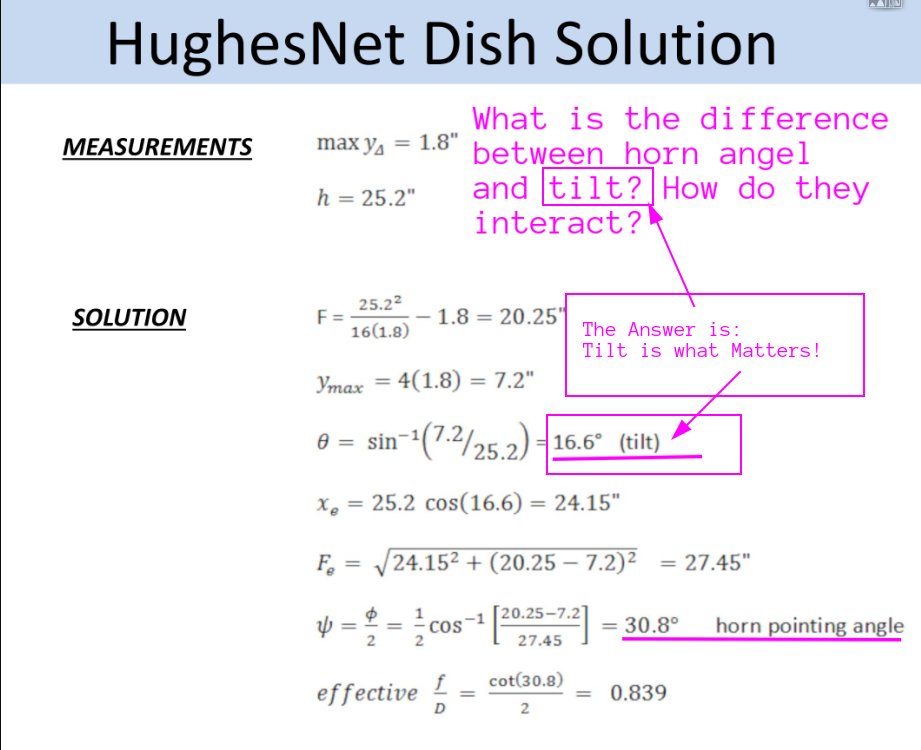
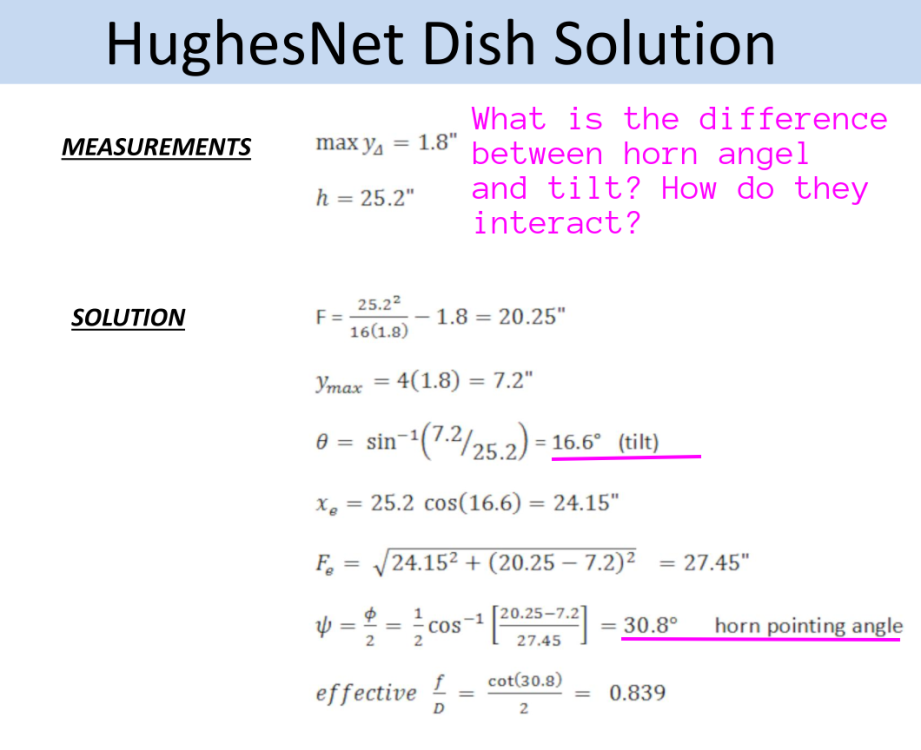
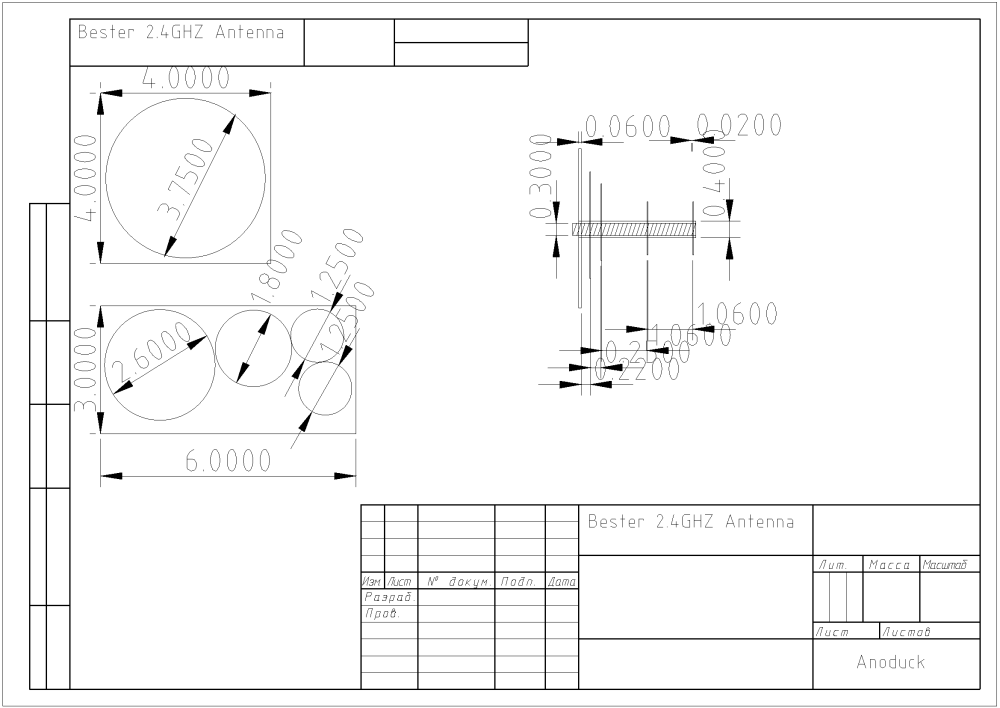
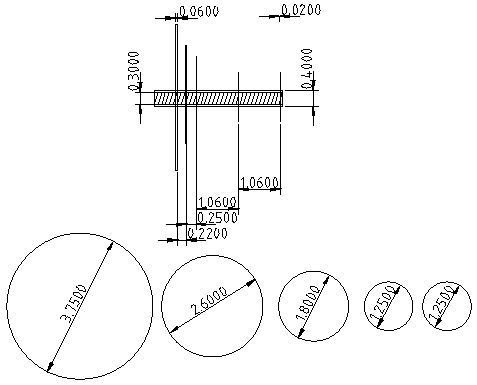
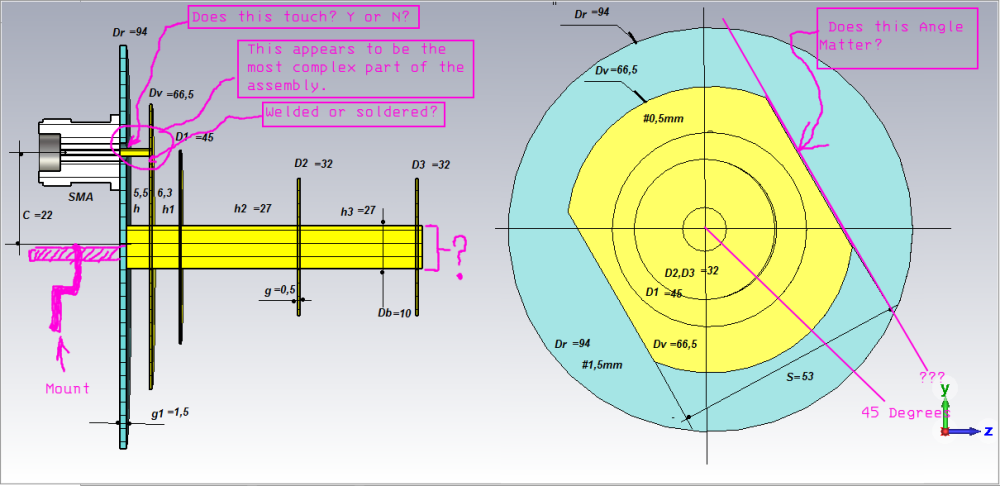
in Brainstorm
Posted
I ran up on this and was pretty impressed. Don't know if anyone has tried to build one of their own. It is a fascinating design, and I am interested in how the internal baffles interact with the wave.
img.asp